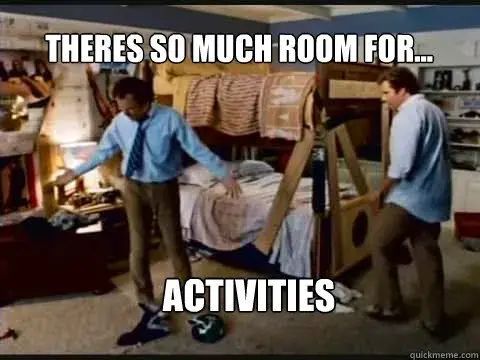novocaine
Retro Wizard
@trailstar82 my god man, I didn't realise I had a brother. 
@trailstar82 my god man, I didn't realise I had a brother.

Very well said!. . . Whatever you do to it enjoy and experiment until you find your sweet spot. Your perfect cadence balanced with just enough resistance can make riding longer distances far more enjoyable and less draining.
Rules aren't really my thing. But my knees are. New wheels, it is.Well I think there are 2 answers to this:
1 - Buy some new wheels
2 - Build a bigger engine
Now that you have become a 'roadie' it's my duty to point you towards 'the rules'
https://www.velominati.com/
You will see rule number 5 referenced a lot.
Don't take them too seriously (like some do).
Some very interesting posts and it's good to hear others' riding experiences.
@Woz makes a lot of sense. This particular bike has 50/34 up front and 11-28 at the back and I was thinking that the gear ratios were perhaps a touch high for me on the local hills. I haven't yet taken the road bike on any routes that I haven't covered many times on various mountain bikes and the hills are definitely more of a challenge on the road bike. The point about the unsuitability of pro-level gear ratios being applied to entry level bikes is not just valid but compounded, I think, by the entry level bikes having cheaper, heavier wheels, which makes it even harder to use the highest gear ratios than on a pro-level bike. With the bike I've just acquired, my feeling is that the weakest point is not the Tektro brakes—they're powerful enough to lock the wheels and throw me off—nor the generic parts but the wheels: 960g for the front, with skewer and rim tape; 1560g for the rear, with cassette, skewer and rim tape. With lighter wheels, the gear ratios might be about right for me. However, I already do a lot of riding, in in my highest four MTB gear ratios most of the time, too; for a complete newbie, I expect the road bike ratios would still be too high, even with lighter wheels.
Very well said!